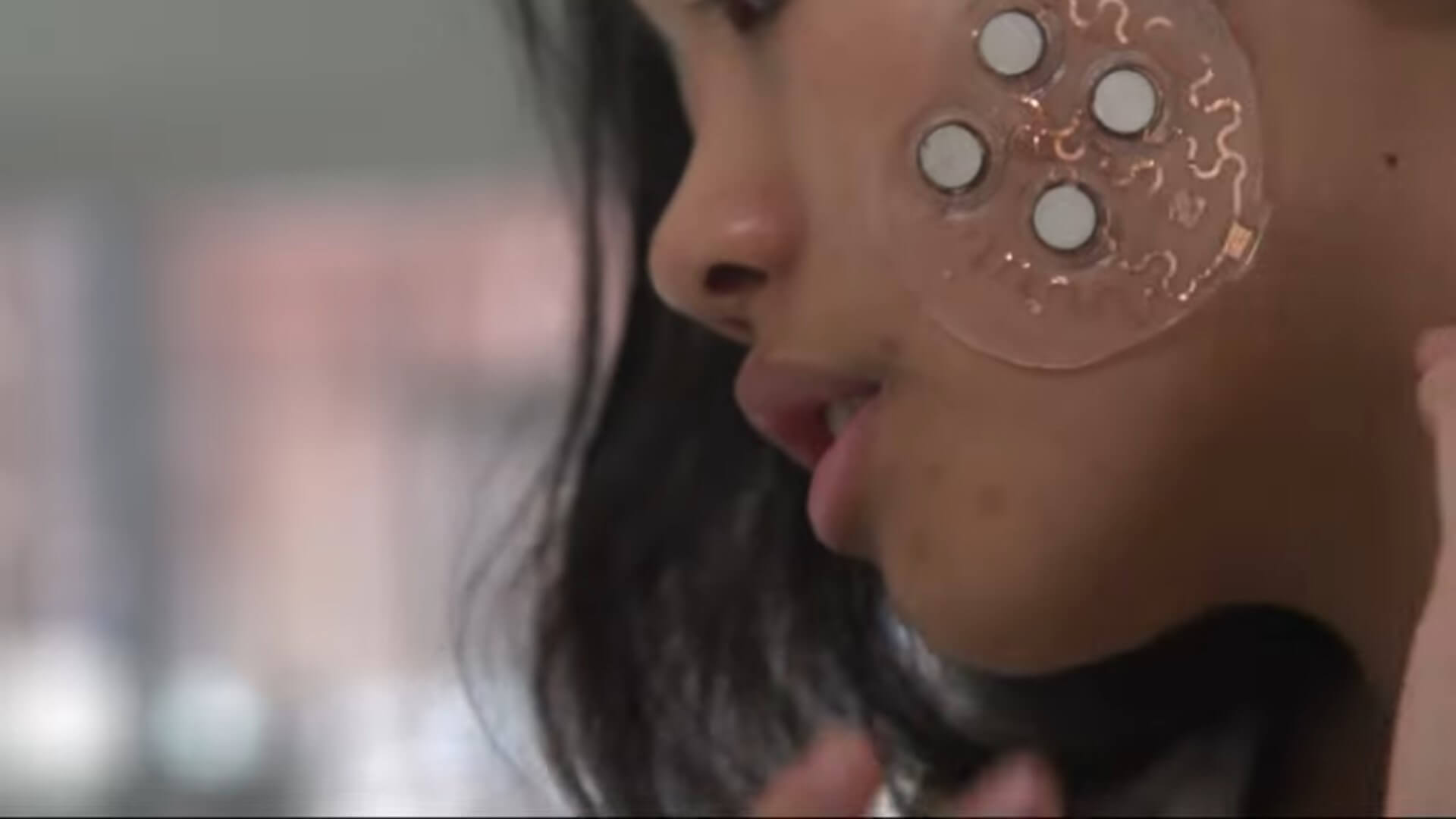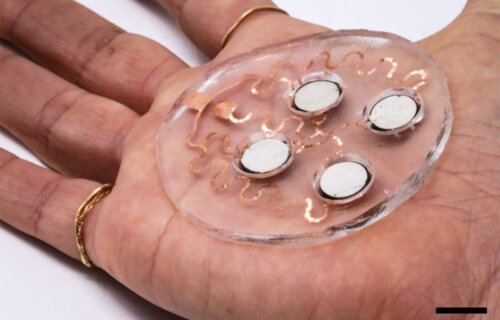CAMBRIDGE, Mass. — Vaccines without needles and medications for people who can’t stand taking pills could be on the horizon, thanks to a wearable patch which uses sound waves to push drugs through the skin. Recently, scientists have become increasingly interested in drug delivery through skin, but it’s not so easy to execute in practice. Now, Massachusetts Institute of Technology scientists have developed a patch that will hopefully make the process a bit smoother.
“The ease-of-use and high-repeatability offered by this system provides a game-changing alternative to patients and consumers suffering from skin conditions and premature skin aging,” says Canan Dagdeviren, an associate professor in MIT’s Media Lab and the senior author of the study, in a university release. “Delivering drugs this way could offer less systemic toxicity and is more local, comfortable, and controllable.”
Most drugs on the market today are delivered orally or intravenously, and these routes can sometimes interfere with how well the body absorbs these treatments. This new patch works by sending painless ultrasonic waves through the skin to create channels for drugs to pass through.
“The main benefit with skin is that you bypass the whole gastrointestinal tract. With oral delivery, you have to deliver a much larger dose in order to account for the loss that you would have in the gastric system,” explains MIT research assistant, Aastha Shah. “This is a much more targeted, focused modality of drug delivery.”

The patch works 12 times faster than micro-needling!
The team’s device is embedded with disc-shaped piezoelectric transducers, which use crystals to convert electric energy into mechanical energy. Each disc sits inside of a polymeric cavity that contains dissolved drug molecules in a solution. Once an electric current is applied, the piezoelectric parts create pressure in the fluid that generate bubbles to burst against the skin and penetrate the outer layer. The patch itself is made of PDMS, which is a silicone-based polymer that can stick to skin without tape.
To test things out, the researchers used niacinamide, a B vitamin commonly found in sunscreen and moisturizers, on pig skin. They found that the amount that went through the skin using the patch was 26 times higher than the amount that could pass without it. They then compared these results to micro-needling, which can deliver drugs using a collection of small needles. The patch beat this method as well. In fact, the same amount of niacinamide that took six hours to get through the skin using microneedles only took 30 minutes with the ultrasound patch.
The team is now shifting focus to optimizing the product so they can begin testing it out on humans in the future. They also hope to repeat the same experiments with larger drug molecules.
“After we characterize the drug penetration profiles for much larger drugs, we would then see which candidates, like hormones or insulin, can be delivered using this technology, to provide a painless alternative for those who are currently bound to self-administer injections on a daily basis,” Shah says.
The findings are published in the journal Advanced Materials.

